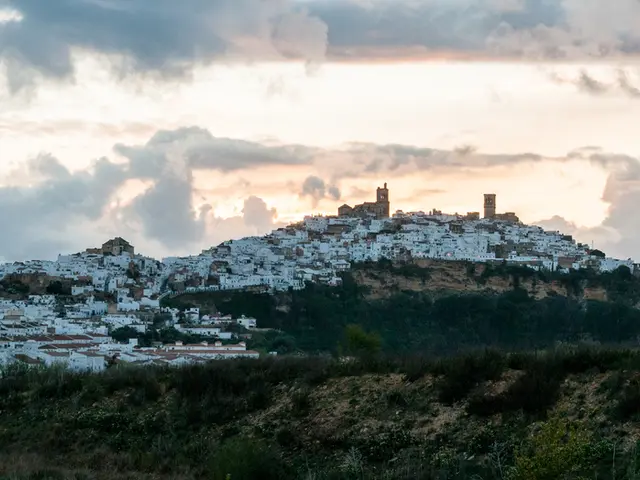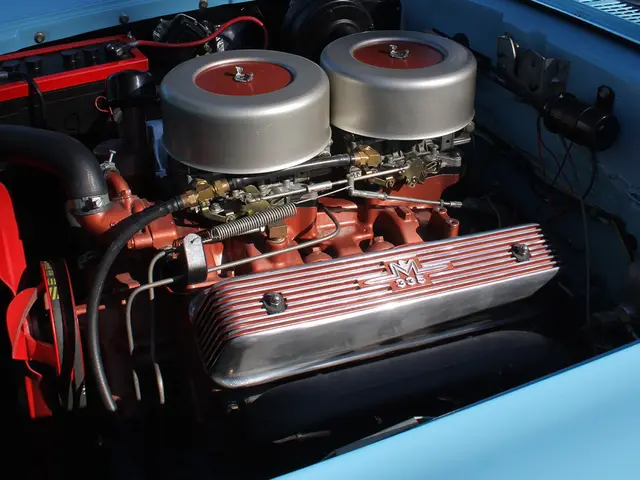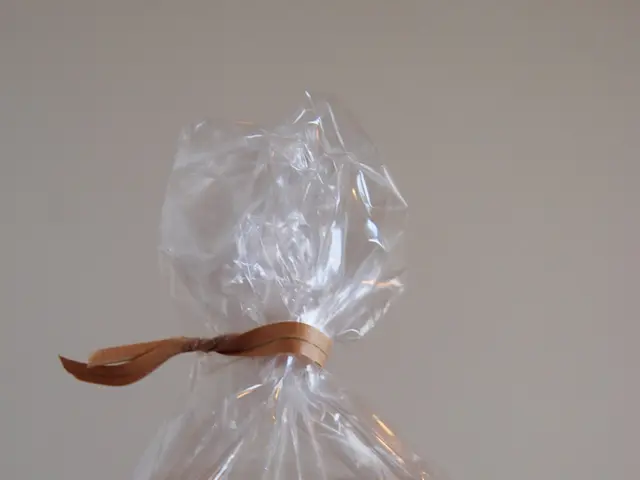Goats aid in the revitalization of Iowa's prairies and the preservation of the Loess Hills natural habitat.
A serene suburban enclave in Council Bluffs, Iowa, a steep hill crests, and the pathway concludes, ushering visitors into the natural embrace of the Vincent Bluff State Preserve - the lone urban prairie sanctuary in the state. Nestled within the expansive Loess Hills, this preserve offers a rare glimpse into the diverse ecosystems of these wind-deposited hills characterized by steep, rugged terrain. The rolling prairies, oak savannas, and eastern deciduous forests coexist in this urban oasis, providing a haven for diverse wildlife and a chance for locals to reconnect with nature.
This summer, the chorus of local birds, punctuated by sporadic wild turkey calls, is joined by a new symphony – the gentle bleating of goats. Echoing the wild herds once roaming these lands like bison and elk, these smaller herbivores contribute to an innovative eco-friendly method of managing invasive species. This approach supports the delicate balance of the Vincent Bluff ecosystem, fostering its continued flourishing.
The goats at Vincent Bluff form part of the Goats On The Go® initiative – a targeted grazing service that strategically deploys goats to combat unwanted vegetation in hard-to-reach or environmentally delicate areas. Landowners and authorities partner with the organization to implement this natural solution, minimizing the need for chemical herbicides.
Invasive species such as honeysuckle and bittersweet pose a significant threat to the preserve, but the goats' voracious appetites provide a practical solution. Each goat can consume up to 7% of its body weight in vegetation daily. Over 100 goats on-site have considerably benefited the area, with an acre typically cleared in just seven to ten days, depending on vegetation density.
Goat grazing offers ecological benefits, as their grazing patterns effectively control intrusive vegetation. This practice benefits native plants without the risks associated with controlled burns, which may pose challenges in populated areas. Moreover, goats' droppings provide a natural source of fertilizer, enriching the soil and promoting soil structure and fertility.
Matt Vermeersch and Jenny Horner have brought their herds to tackle the invasive species issue at Vincent Bluff. Matt transitioned from a corporate job to farming after discovering his passion for animal husbandry. Meanwhile, Jenny's interest in goats grew from cultivating her love for the local Mexican community's cultural appreciation for goat meat. Both farmers leverage their involvement in sustainable farming advocacy groups to expand their expertise and contributions to environmental challenges.
Operating goats in new areas requires strategic planning. Matt and Jenny consider factors such as temperature, shade availability, and vegetation type when deploying their goats. They initially placed them in cooler, shaded areas, gradually moving them to sunnier spots as temperatures permitted. Addressing challenges like a consistent water supply and biosecurity concerns completes the intricate picture of their innovative work.
While the Goats On The Go® project at Vincent Bluff focuses on a two-year endeavor, its impact could extend beyond this horizon. This holistic approach to land management underscores the importance of community-driven solutions for addressing environmental challenges and fostering sustainable practices. The preservation of the Loess Hills ecosystem, and more broadly the prairie, relies heavily on such initiatives. As citizens and conservationists continue to explore alternative methods for preserving our natural resources, the Vincent Bluff State Preserve stands as a beacon of innovative environmental stewardship.
- Integrating regenerative agriculture techniques, such as goat grazing, into the Vincent Bluff State Preserve not only aids in combating climate-change issues but also aligns with the principles of sustainable living, promoting a healthier environment and lifestyle.
- By partnering with organizations like Goats On The Go®, environmental-science experts and landowners can implement innovative strategies to manage invasive species, ensuring the long-term preservation of urban oases like the Vincent Bluff State Preserve, while also contributing to home-and-garden practices that support sustainable living.
- As local farmers Matt Vermeersch and Jenny Horner continue their work at Vincent Bluff, their efforts not only align with regenerative agriculture principles but also demonstrate the importance of science in environmental conservation, fostering a more resilient environment for both wildlife and human communities.







